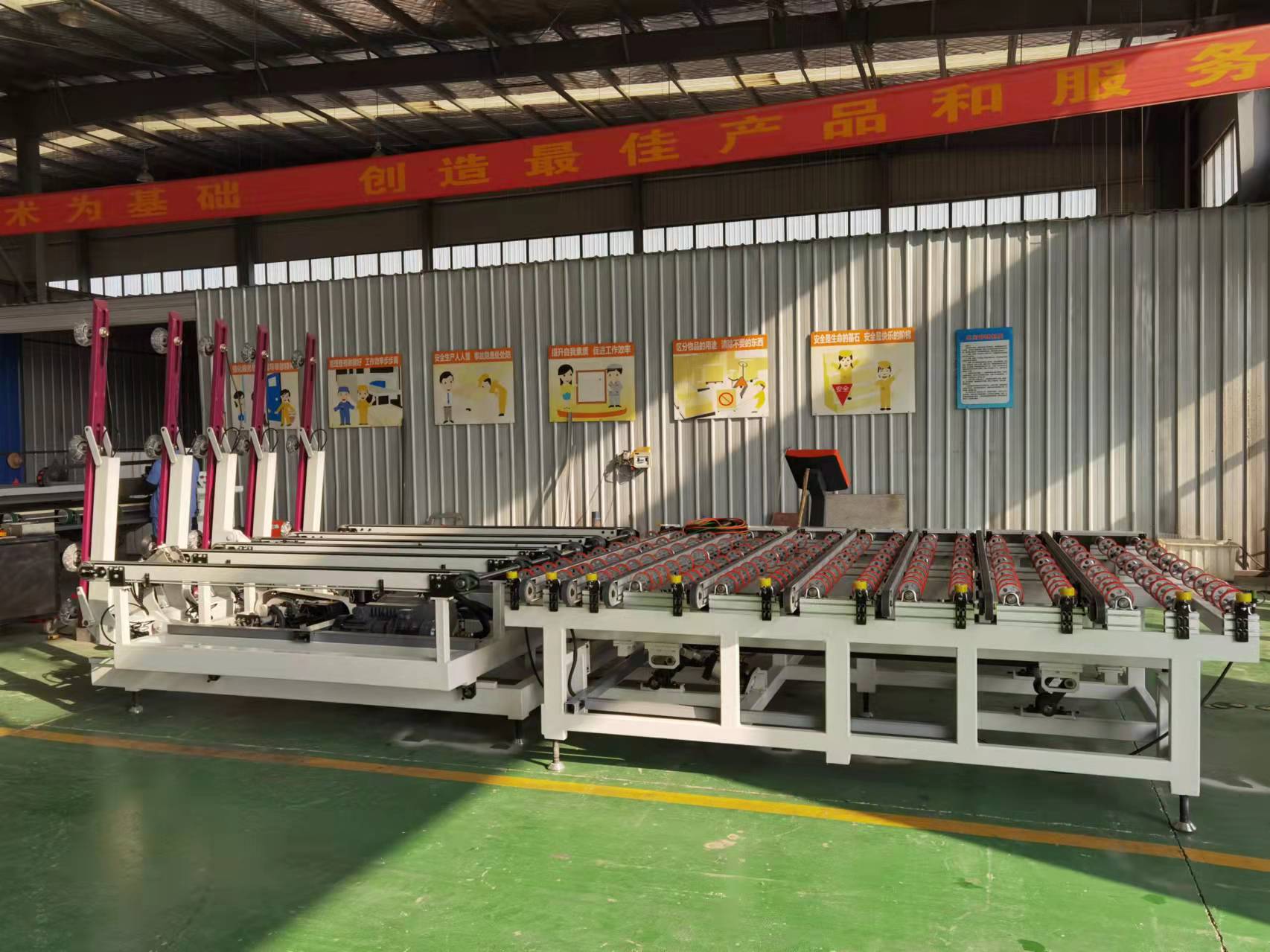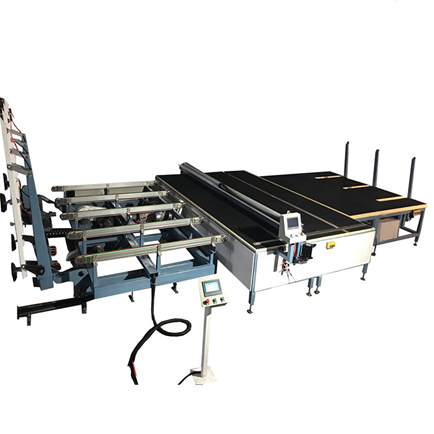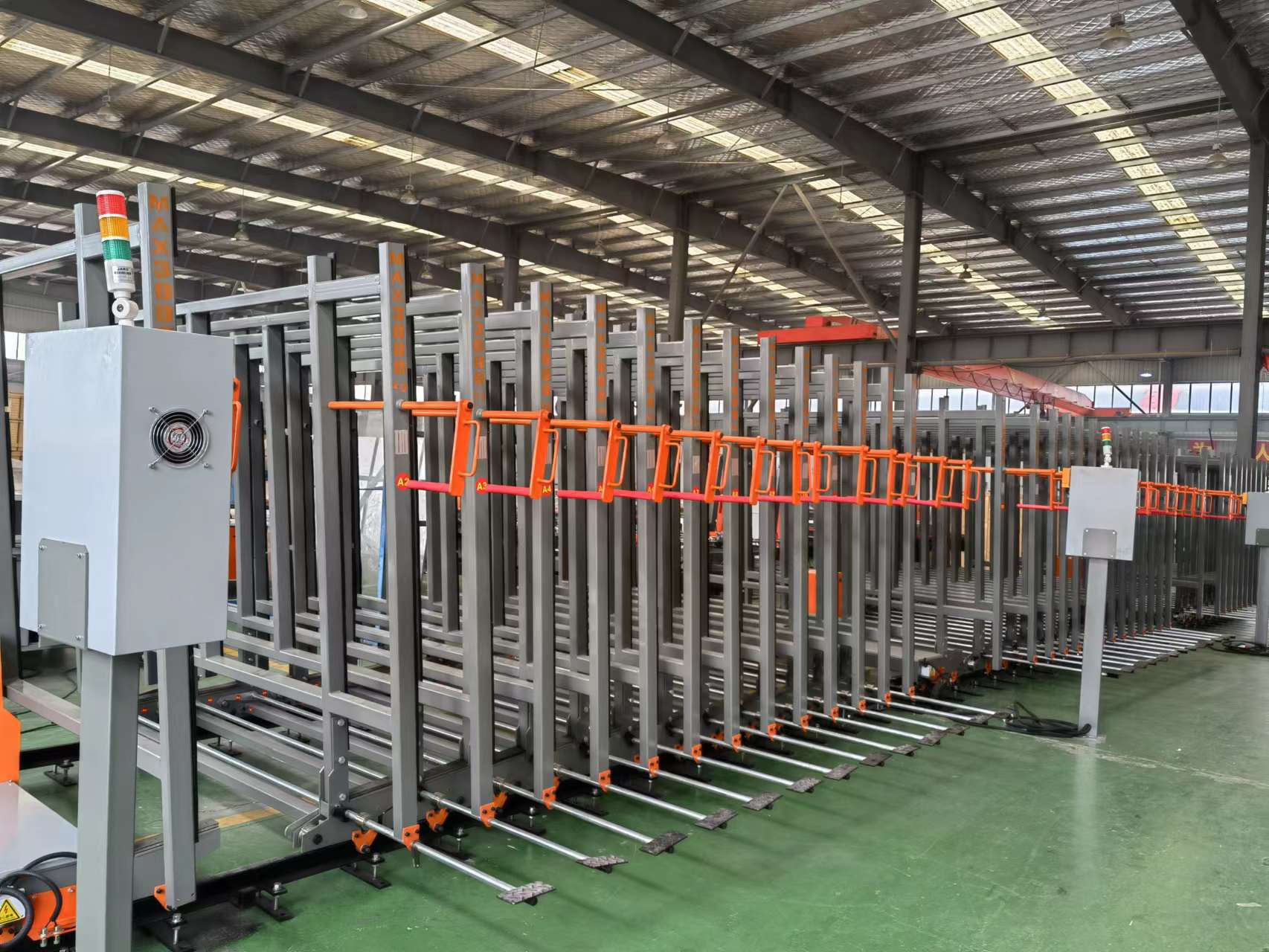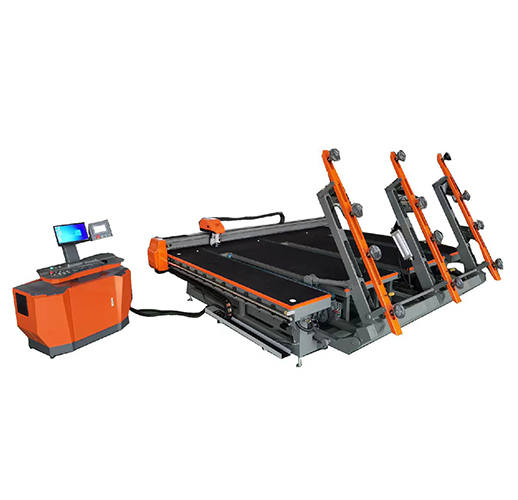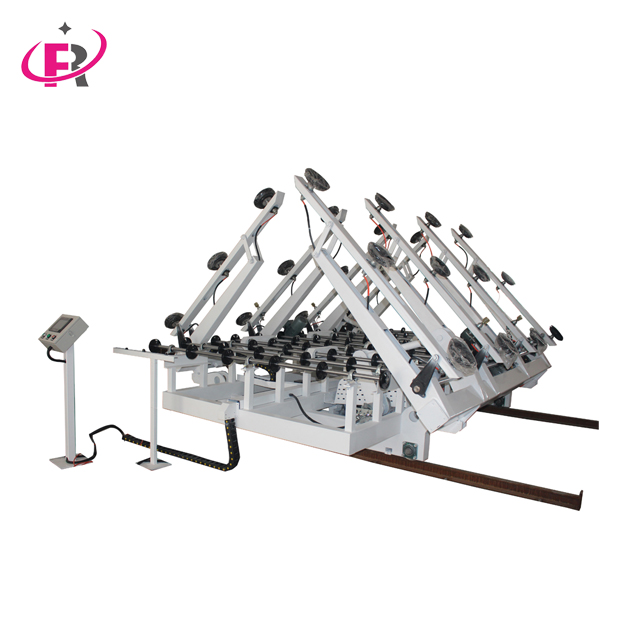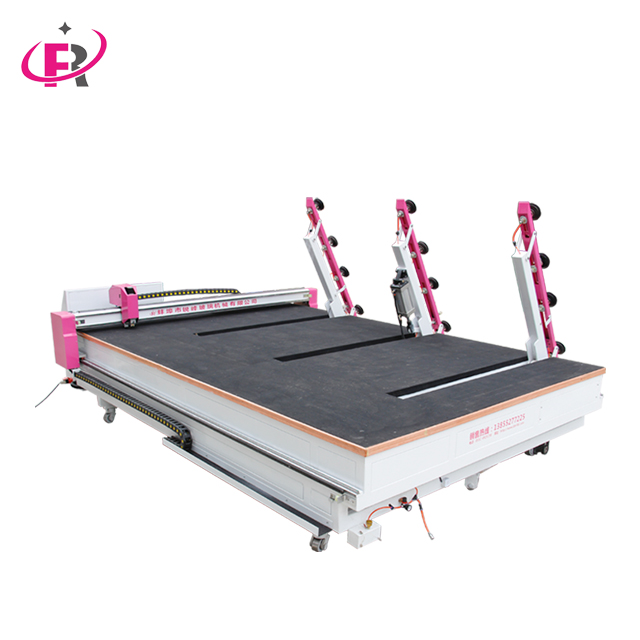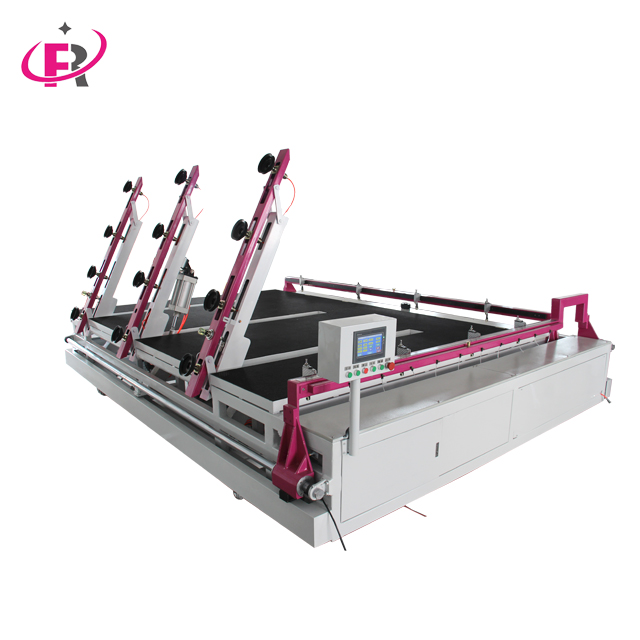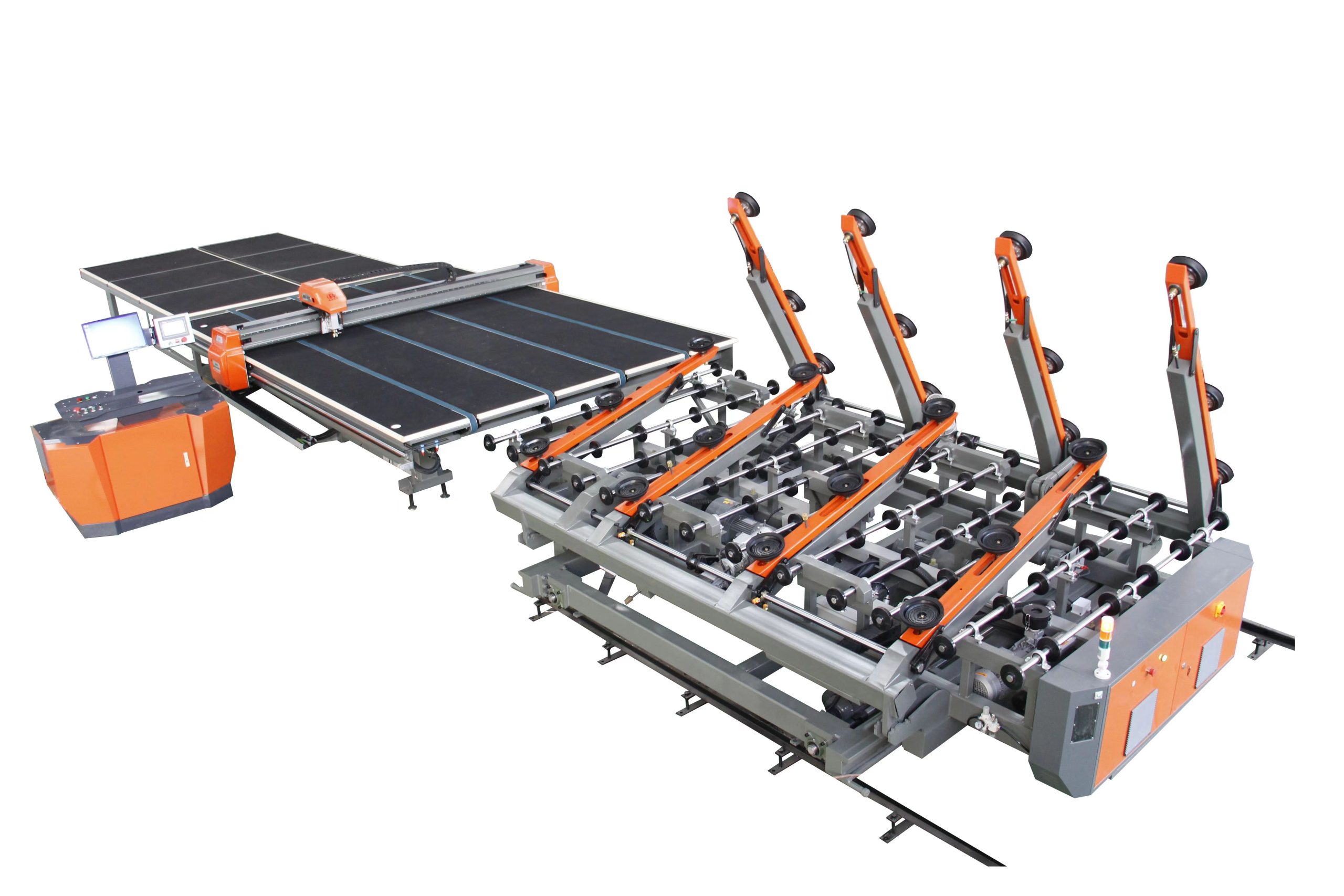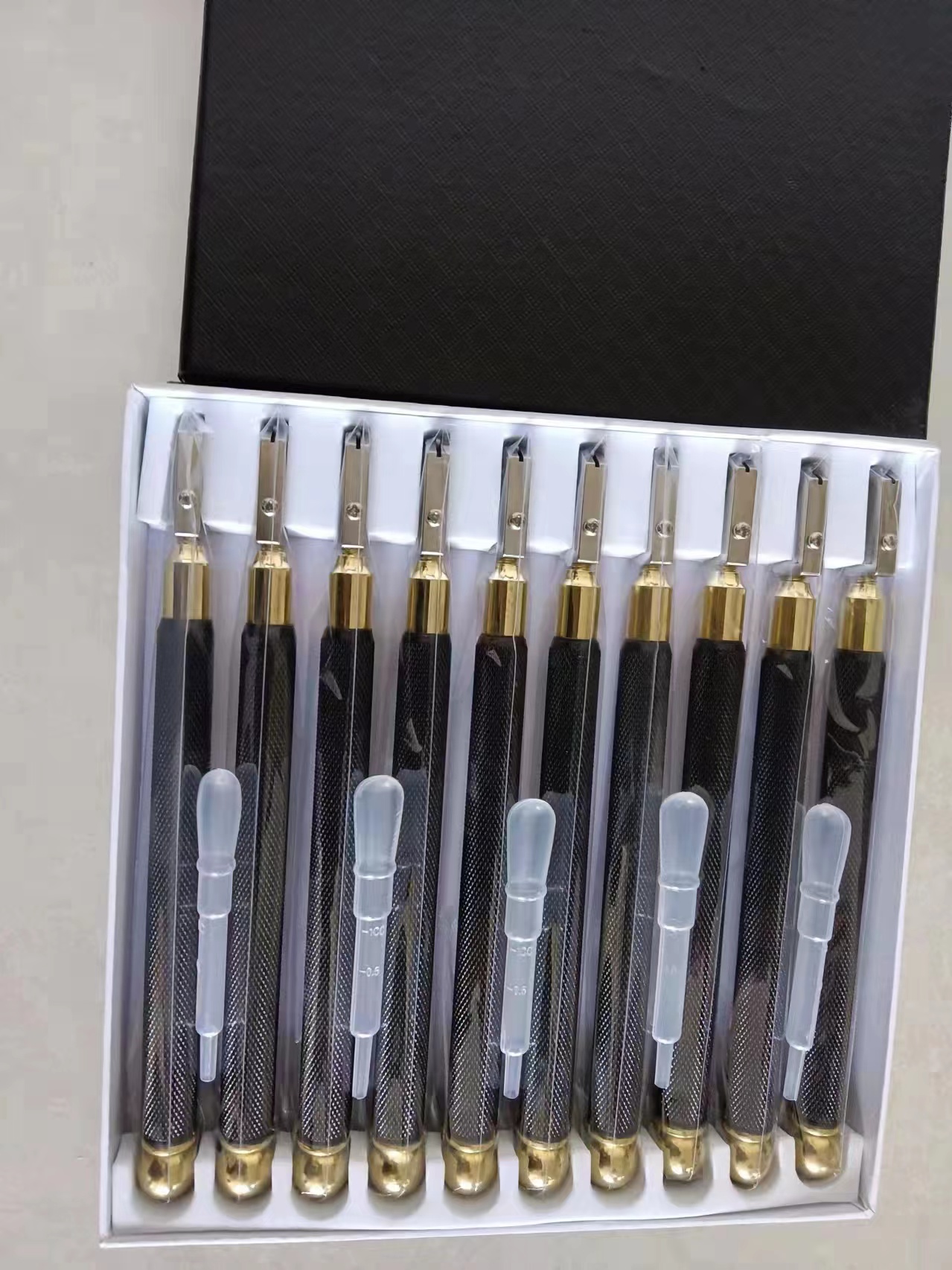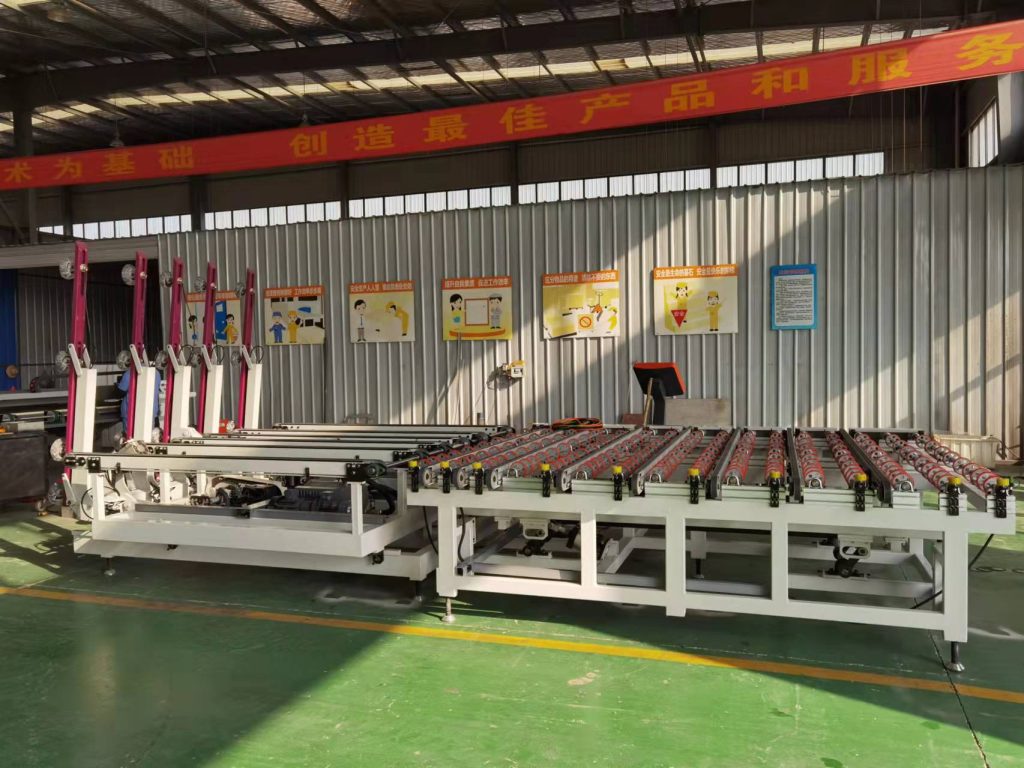In manufacturing environments where glass materials are handled, ensuring safety is of paramount importance. The use of glass loading tables presents unique challenges and potential hazards that require careful attention and proactive measures to mitigate risks and create a secure working environment. This article will explore the crucial safety considerations and best practices when working with glass loading tables, emphasizing the significance of proper safety protocols, equipment, and training.
Understanding the Risks
Working with glass materials involves inherent risks, including sharp edges, weight-related injuries, and the potential for breakage. Recognizing these risks is a fundamental step in implementing effective safety measures. By acknowledging these hazards, employers and workers can take proactive measures to address them through the implementation of comprehensive safety protocols and the use of appropriate equipment.
Personal Protective Equipment (PPE)
The use of personal protective equipment (PPE) is essential when working with glass loading tables. Cut-resistant gloves, safety goggles, and appropriate footwear are crucial components of PPE that safeguard workers from potential injuries and minimize the impact of accidents. Employers must prioritize the provision of adequate PPE and ensure that workers are trained in its correct use and maintenance.
Training and Education
Comprehensive training for personnel involved in operating glass loading tables is imperative. Educating workers on safe handling techniques, risk awareness, and emergency procedures enhances their ability to identify and address potential hazards effectively. Regular refresher training reinforces safety protocols and best practices, empowering workers to contribute to a secure working environment through their knowledge and skills.
Equipment Safety Features
Glass loading tables should be equipped with crucial safety features such as guardrails, emergency stop buttons, and sensors to detect obstructions. These safety features play a significant role in accident prevention and worker protection during the handling of glass materials. Regular inspection and maintenance of these safety features are essential to ensure they function as intended.
Safe Handling Procedures
Establishing clear and step-by-step safe handling procedures for loading and unloading glass materials onto the table is vital. Emphasizing proper lifting techniques, secure placement of glass sheets, and maintaining a clear workspace minimizes the risk of accidents. Adhering to these procedures mitigates potential hazards and promotes a safer working environment.
Regular Maintenance and Inspections
Routine maintenance and inspections of glass loading tables are critical to ensure they are in optimal working condition. Preventive maintenance plays a key role in identifying and addressing potential safety concerns before they escalate, contributing to the overall safety and functionality of the equipment.
The Best Glass Loading Tables of 2024
If you want to get high-quality Glass Loading Tables, but don’t know how to choose, you might as well try ruifeng. As a professional manufacturer of Glass Loading Tables, ruifeng can provide you with high-quality products and services. Welcome to contact us for detailed ordering information. and service!
By prioritizing safety considerations, implementing proper safety protocols, providing essential equipment, and investing in comprehensive training, employers can create a secure working environment when using glass loading tables. Recognizing the risks associated with handling glass materials and taking proactive measures to address them demonstrates a commitment to the well-being of workers and the overall success of the manufacturing operation.

